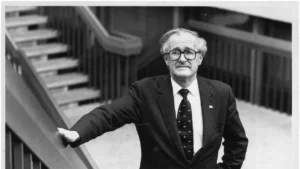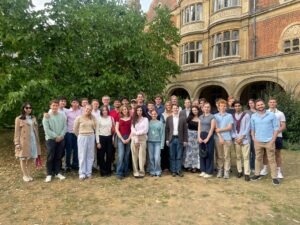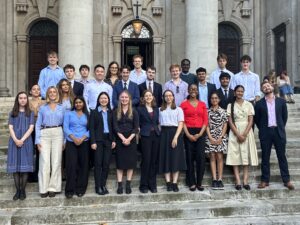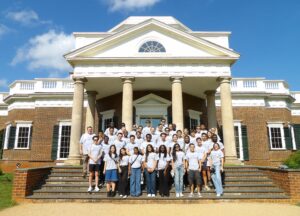The Liberal counter-establishment
Australians are taught in school all about the dismissal of the Whitlam government on 11 November 1975, but they miss out on learning about how a group of backbenchers known as the ‘dries’ came together in the following years and the impact they had on Australian politics over the coming decades.
In the wake of the Whitlam dismissal, Malcolm Fraser, the leader of the Liberal Party, was asked to form a caretaker government until Australians could go to the polls a month later. Fraser’s coalition won 91 seats out of 127 (building on a base of 61 seats won at the 1974 election) and he went on to become the second-longest serving Prime Minister in Australia’s history, governing until 1983 (until Bob Hawke, then John Howard, took that record).
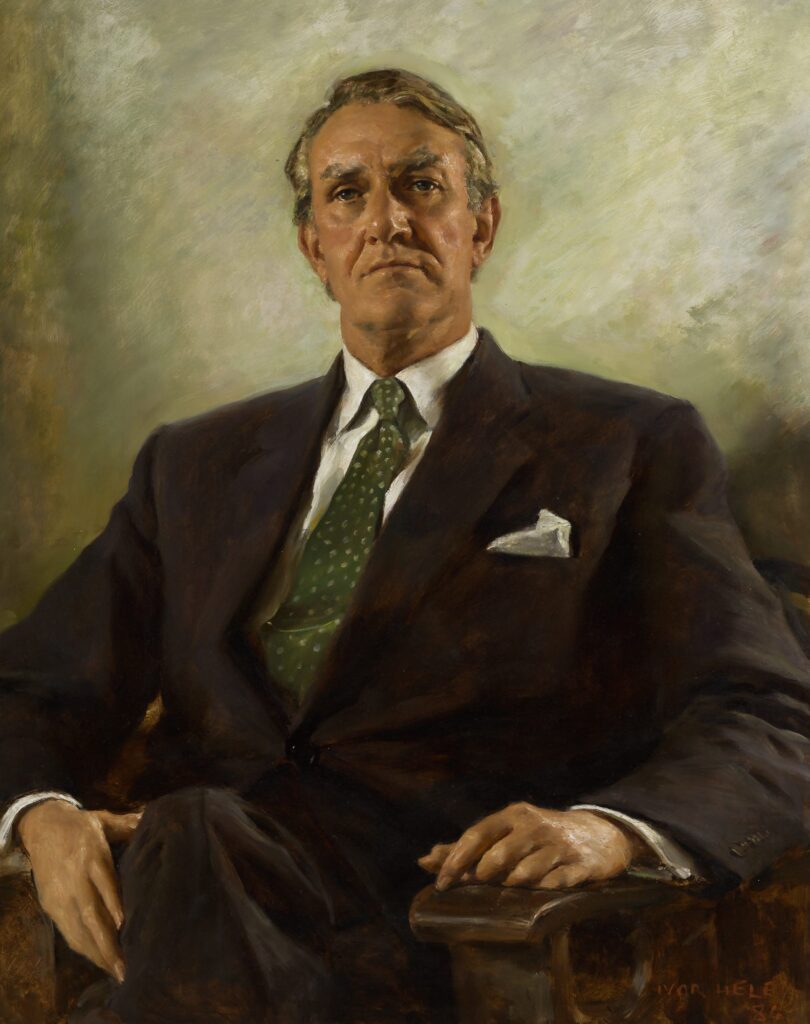
Image: Ivor Henry Thomas Hele, (John) Malcolm Fraser (1984), Historic Memorials Collection, Parliament House Art Collections.
There were high hopes for the Fraser government, but a sense of disappointment set in by the late 1970s. What could have been a government that embraced reform, reduced protection, taxes, spending, and the privileges of special interest groups had, instead, been timid at best. By the mid-1980s it became the accepted view among most on the centre-right of Australian politics that the Fraser government had been a wasted opportunity.
This view set in early on amongst certain members of Fraser’s own backbench.
John Hyde was elected for the West Australian seat of Moore in 1974. In 1977 he was joined on the backbenches by Peter Shack (WA’s seat of Tangney) and Jim Carlton (New South Wales’s seat of Mackeller).

Hyde, Shack, and Carlton came together to form the ‘dries’, meeting in Carlton’s office each parliamentary sitting day. As Shack recalled, the three would meet “over Carlton-supplied Chinese green morning tea… [to] exhaustively discuss and plan how we could encourage and influence the conservative Fraser government to move to adopting more market-based and competitive policies.”
The three were philosophically aligned around the liberal ideals set down by thinkers like Adam Smith, John Stuart Mill, and Friedrich Hayek. They decided to take on the work of advocating for the policy changes they saw as being in the long-term interests of the Australian people. Although similar policies were gaining popularity around this time in the United Kingdom and the United States, as discussed in a previous post, these ideas have their own Australian tradition dating back to the decades before Federation.
As Shack later wrote: “In the late 1970s there was much which needed to be done to drag Australia out of the protected mercantilism of the 1950s and 60s in order to ensure a more international competitive nation and greater prosperity for all its citizens.”
Hyde, Shack, and Carlton divided up the main issues they thought that the Fraser government should address and organised themselves tactically. Hyde would tackle the broad issues of budget reform, tariffs, and protectionism, honouring his mentor, Bert Kelly. Shack took on the Two Airlines Agreement, the policy of insulating Ansett Airlines and Trans Australia Airlines from any competitor companies which Fraser had renewed. Carlton argued against subsidies for domestic car manufacturers.
Over the coming years the dries established their influence within the Liberal Party, bringing more backbenchers over to their side, and built up a broader network of academics and businesspeople in the Crossroads Group to make the case for reform.
By the time Fraser lost government in 1983, as Paul Kelly wrote in The End of Certainty,
it was under assault not just from Hawke’s Labor but from an internal revolt which championed a new brand of radical liberalism. Fraser had encouraged this movement by his rhetoric but disappointed it by his inanition. After his defeat, these radical liberals, who were given various labels – classical liberals, economic libertarians, the free market lobby, or drys – marched into the political vacuum Fraser left.
Kelly described the dries as “a Liberal counter-establishment”, with adherents, “scattered through the parliament, academia, business, and the economic community”:
Their core belief was that government intervention must surrender to market forces. They supported small government, lower taxation, lower protection, industry deregulation, needs-based welfare, low inflation, genuine competition, an attack on trade union privileges, and allowing markets to set prices. These radical liberals offered an alternative view of the Liberal Party and the national economic challenge. Their weapons were almost foreign to the Liberal Party – a body of ideas.
This body of ideas did not come from nowhere. It existed, it had an Australian pedigree and was there to be grasped, but someone had to pick it up and make the case for it. In the dries, this body of ideas found a home. It speaks to their desire to see success for Australia and all Australians, rather than merely short-term political success for themselves, that when this body of ideas was taken up by the Hawke government the reformed Liberal Party under the influence of the dries did not oppose it.
One lesson that can be taken from the dries is that the right policies can take a long time to become accepted. Shack was arguing against the Two Airlines Agreement in the late 1970s, but it was not dismantled until the early 1990s.
Again, returning to Shack’s observations of the impact the dries had:
I have read that public policy reform can sometimes take up to three decades: 30-odd years, to inform, educate and carry public opinion; 30 years to expose and overcome entrenched vested and privileged interests.
Several parliaments and governments are needed to pass to find the political leadership to articulate the need for change, the benefits of change and the plain old “political guts” to act on and legislate for change.
It has to start somewhere. It can start with just three people in a small office sharing a pot of tea.


